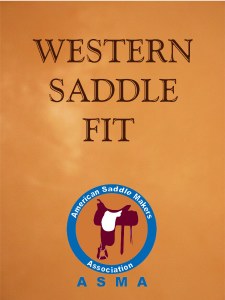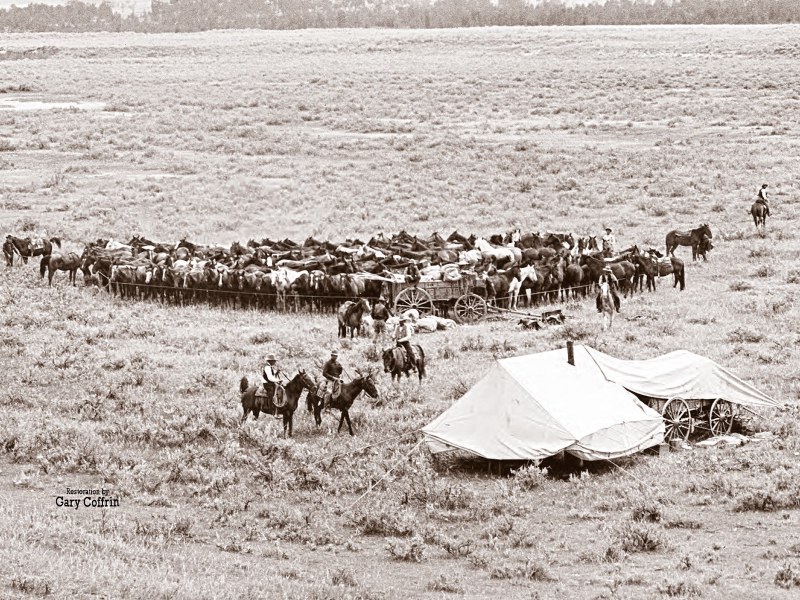
GO TO THE FOLLOWING
 PREFACE
|
|||
The subject of western saddle fit or saddle fitting has generated a good deal of interest within the general riding public and the saddle industry. This interest has been sparked for many reasons, and a lot of information has been written in various horse publications and on the Internet. Some of this information is good, some is incorrect, or some is incomplete leading to misconceptions, and frustration among all parties involved.
In 2010 ASMA under took the WESTERN SADDLE FIT PROJECT with the purpose to identify the various factors involved in saddle fit and their relationship to each other that need to be considered to achieve a positive saddle fit primarily for the western saddle. The general riding population and the saddle industry can add this information into their decision process.
During the process some questions and observations were noted. The major question was “What has caused all this interest in saddle fit?” Good question! As the project progressed bits and pieces of a possible answer surfaced. Going back to the 1800's, and observing the practices for both the US cavalry and the working cowboy, saddle fit was extremely important in that a sore backed horse put them a foot and they could not do their job, but saddle fit was not a primary factor in their day to day activities.
|
|||
The US cavalry used thousands of horses with only 2 or 3 types of saddle trees as defined in the Quartermaster manuals of the time without a major concern with saddle fit. The cavalry achieved this by establishing conformation requirements on the horses they purchased as re-mounts even down to color. Also, how the Cavalry used their horses comes into play as indicated in the following:
|
|||
|
|||
The working cowboy at the time went from ranch to ranch using the same saddle. While saddle fit was important to the working cowboy, it also was not a major concern. This was also achieved with the uniformity of the ranch’s remuda. Also in the methods the cowboy used horses and currently use horses in their duties. For example:
|
|||
One can only surmise that the saddle and tree makers at the time developed their own specifications to meet the needs of the cowboy. It is understood that some feel that saddle fit was not a major concern during this period because horses were seen as expendable. Basically during this time period there was one type of horse being used, which for a lack of a better definition, the emerging Quarter horse and one basic type of saddle for the working cowboy. This was the state of affairs in the horse industry good or bad depending on one’s opinion until after WWII.
After WWII the horse industry began to transition from where the horse was primarily used in a working environment to an environment where the horse is now used primarily used for pleasure. As this transition developed over the years, the requirements on horses and of saddle and tree makers expanded. While there was always a niche for other uses of horses and saddles prior to WWII, riders began to expand these niches as the working cowboy population began to decline.
As these specialized niches such as roping, cutting, barrel racing, trail riding, etc. grew, breeders began to breed horses with specific conformations to each activity, but still based on the Quarter horse. Saddle makers and tree makers responded in kind with trees and saddles built for the specific event, but again still based on the Quarter horse. Over time three generic descriptions were developed for fitting the basic quarter horse conformation.
Regular Quarter horse – Semi-Quarter horse – Full Quarter horse
These definitions worked well in the beginning, but as time went on more and more new blood lines within the Quarter horse breed were developed, along with more cross-breeding, and the use of breeds that were not previously used in the western discipline; these definitions have become suspect. Think of these definitions as small, medium, and large. Now think of buying a pair of jeans with only the sizes of small, medium, and large. What would be the outcome of the average person getting a good fitting pair of jeans with these sizes? The waist size may fit but the length of the leg could leave one with the high water look or be dragging on the ground.
These generic definitions still seem to work somewhat well with a large portion of the industry, but this portion of the industry is slowly decreasing as more and more riders are demanding a higher level of saddle fit than these definitions can produce. This growing demand for a higher level of positive saddle fit has given rise to new concepts such as flexible trees, computerized pressure indicating systems, fitting jigs, etc., which can be helpful tools as long as one understands their strengths and weaknesses.
Therefore, with the conformation of horses becoming more diverse and riders becoming more demanding on a higher level of positive saddle fit, ASMA is of the opinion that the subject of saddle fit will gain in popularity and saddle makers/tree makers will need to respond in kind. ASMA hopes the following information will assist both the rider and saddle maker with information they can use to obtain the highest level of positive saddle fit.
As with saddle fit itself, this project is ongoing.
If you have any comments, suggestions, and/or corrections, please email ASMA at info@saddlemakers.org
Respectively,
Bob Brenner
Executive Director
|
|||
WESTERN SADDLE FIT
The goal of saddle fit is to achieve a positive fit that meets the requirements
of the rider over time and not a moment in time.
Positive fit means that both the horse and rider are comfortable during and after
the riding experience, with out any bumps or bruises.
Saddle fit is subjective in that,
what is a positive fit to one rider may or may not be positive to another.
For example, a rider that rides several horses will be looking for one level of saddle fit, while a reiner or cutter competing for a national championship will be looking for another level of saddle fit, and a recreational rider may be looking for even another level of saddle fit for that special horse.
In achieving the goal of positive saddle fit, the procedure or method that is used is not of concern, if the final result meets the rider's requirements and is positive. Saddle fit is subjective and each saddlemaker or tack store owner/employee has developed over time their own procedure or method of saddle fitting.
|
If saddle fit is important to you, we suggest you seek out a experienced saddle maker or tack store owner. One who understands the three elements or variables of saddle fit and their relationship to each other and has spent as much time in the saddle as they have building saddles or running their tack store.
|
Each element or variable of saddle fit has its own set of factors or variables.
Click on your item of interest below.
A copy in book form is available for $ 29.95 + 8.00 US shipping
ALL OTHERS $24.00
RELATED ARTICLES OF INTEREST ON SADDLE FIT AND FITTING
ASMA does not endorse the authors or articles and does disagree in a few areas that may be noted within this discussion, ASMA is of the opinion that the general information should be helpful to all.
|
WESTERN-SADDLE-GUIDE CLICK HERE NOTE: This link contains videos from Martin Saddlery, a division of Equibrand and should be viewed in that light.
|
Saddle Fit: An Enduring Western Myth by Dusty Johnson CLICK HERE
|
Colorado State University CLICK HERE
|
Utah State University CLICK HERE
|
e-mail mailto:info@saddlemakers.org
Copyright 2005 - 2016 American Saddle Makers Association, Inc. ET AL All rights reserved
